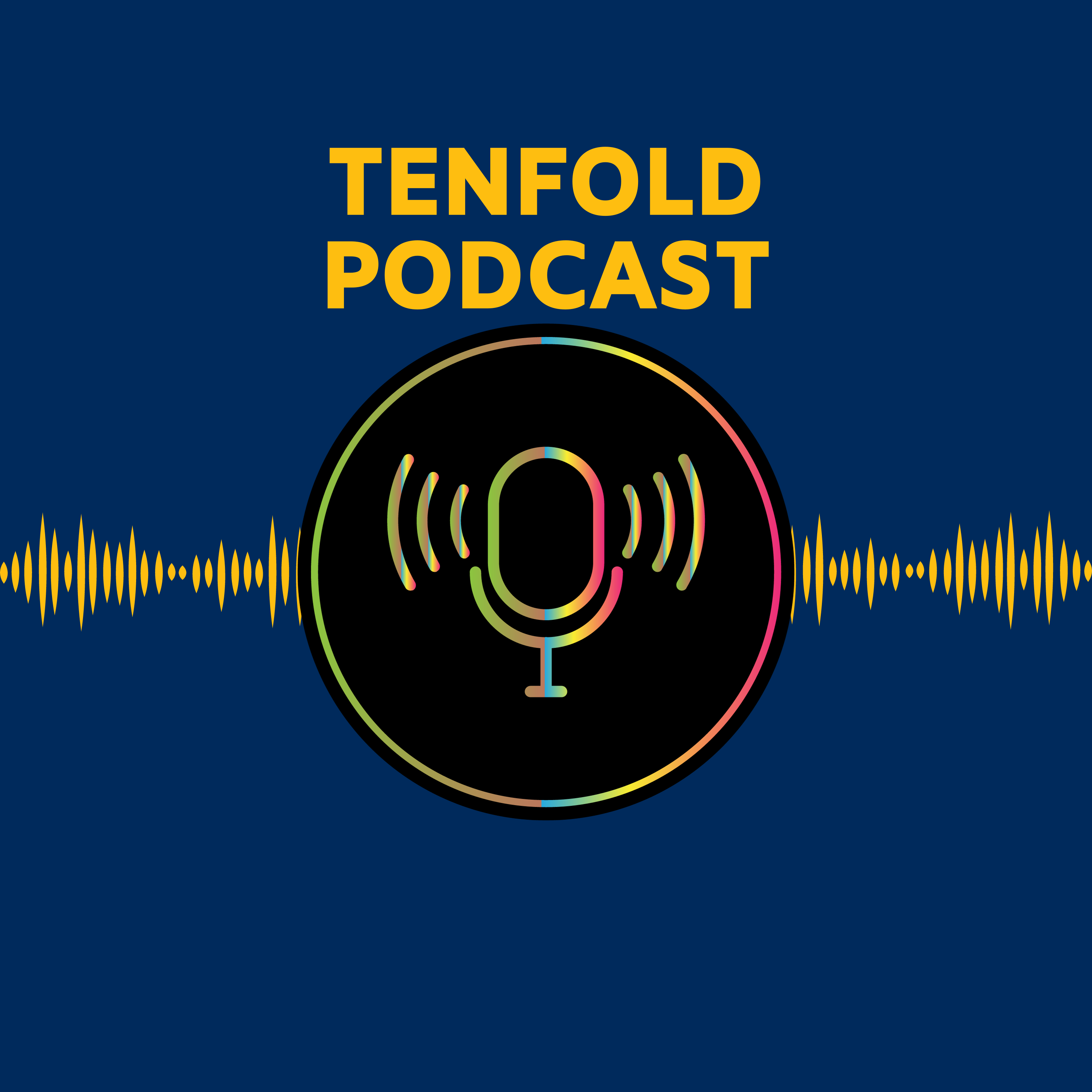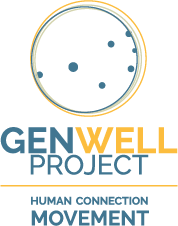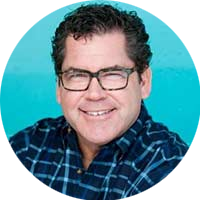At Tenfold we’ve been reflecting about racism in public health systems. Unfortunately, in many countries, public health organizations have a history of racism which affect their ability to engage communities meaningfully, productively, and safely. These stories are not always well known. In this minisode, Andrea discusses just a few examples from the United States and Canada. This is by no means a complete list or a complete history of racism in public health. This minisode and these episode notes are meant to bring a few of these situations to light, and encourage you to research further as part of your personal work. The Tuskegee Syphilis Experiment was run by the United States Public Health Service, with Tuskegee University, from 1932 to 1972. The study recruited 600 poor, black, illiterate farmers in order to observe the natural history of untreated syphilis. 400 of the men enrolled in the study tested positive for syphilis. They were not told of their diagnosis, nor, when penicillin became available as a treatment, were they offered treatment. Many of the study participants’ wives and children became infected over the course of the study. While the study was not secret (many papers were published on the results), a leak to the press ended the study in 1972. Twenty-five years later, President Bill Clinton apologized for the study. Read more about the study, racism and research in The Hasting Center’s 1978 report. Andrea first read about the Tuskegee Experiment last year, when researching sustainable health promotion programs. This excellent article by Ammerman et al. talks about developing a church-based nutrition intervention next door to Tuskegee in the time of the President Clinton apology, and how understanding that context and building positive relationships was critical to the success of their program. Canada has also conducted highly unethical studies involving raciliazed communities. A number of experiments were performed by various government departments and medical experts on malnourished children living in residential schools between 1942 and 1952. The purpose of the studies were to not to treat malnourishment, rather to examine the impact of dietary supplements. In some cases the supplement exacerbated the condition of the children; in other cases, medical treatments (including dental treatment) were withheld in order to study their effects. From the 1940s to 1960s, Inuit in the far north were separated from their families and transported, by ship, to sanatoriums in the south of Canada. Many families never heard from – or about- their relatives after that. First Nations, Inuit and Metis people in Canada continue to suffer from higher rates of tuberculosis than the general population, due to poverty, crowded and inadequate housing, food insecurity, and inequitable access to health care. During the 2009 H1N1 outbreak, leaders in First Nations reserves asked for supplies, such as vaccines, to fight the epidemic. Several reserves received shipments of body bags along with the anticipated face masks and sanitizer. The First Nations Drum reported that not only were the body bags not asked for, they arrived prior to the H1N1 vaccinations, which were requested. When Andrea consulted with PHESC colleagues Erica De Ruggio and Angella Mashford Pringle, they offered these two questions for reflection: - Consider the levels of power that you, and your organization, have to maintain, change or disrupt systems
- Reflect on your position in life: Power, Privilege and Positionality, and how your position impacts your work in public health and community engagement
Studies mentioned in the podcast/episode notes: Ammerman, A., Washington, C., Jackson, B., Weathers, B., Campbell, M., Davis, G., Switzer, B. (2002). The PRAISE! Project: A Church-Based Nutrition Intervention Designed for Cultural Appropriateness, Sustainability, and Diffusion. Health Promotion Practice, 3(2), 286-301. Retrieved July 11, 2020, from www.jstor.org/stable/26734292 Macdonald NE, Stanwick R, Lynk A. Canada's shameful history of nutrition research on residential school children: The need for strong medical ethics in Aboriginal health research. Paediatr Child Health. 2014;19(2):64. doi:10.1093/pch/19.2.64. Retrieved July 11, 2020 from https://www.ncbi.nlm.nih.gov/pmc/articles/PMC3941673/ Brandt, A. (1978). Racism and Research: The Case of the Tuskegee Syphilis Study. The Hastings Center Report, 8(6), 21-29. doi:10.2307/3561468. Retrieved July 11, 2020 from https://www.jstor.org/stable/3561468?seq=1 Canadian Pediatric Society. Tuberculosis among First Nations, Inuit and Metis children and youth in Canada: beyond medical management. January 14, 2020. Retrieved July 11 2020 from https://www.cps.ca/en/documents/position/tuberculosis-among-first-nations-inuit-and-metis-children-and-youth Useful reading and resources Bassett, M. T., & Graves, J. D. (2018). Uprooting Institutionalized Racism as Public Health Practice. American journal of public health, 108(4), 457–458. Available from https://www.ncbi.nlm.nih.gov/pmc/articles/PMC5844417/ McKenzie K. (2003). Racism and health. BMJ (Clinical research ed.), 326(7380), 65–66. Available from https://www.ncbi.nlm.nih.gov/pmc/articles/PMC1125019/ National Collaborating Centre for Determinants of Health. Key public health resources for anti-racism action: a curated lists. 2018. Available from https://nccdh.ca/resources/entry/key-public-health-resources-for-anti-racism-action-a-curated-list National Collaborating Centre for Determinants of Health. Let’s talk: Racism and health equity. 2017. Available from https://nccdh.ca/index.php?/resources/entry/lets-talk-racism-and-health-equity |



 human connection and interaction is more im
human connection and interaction is more im